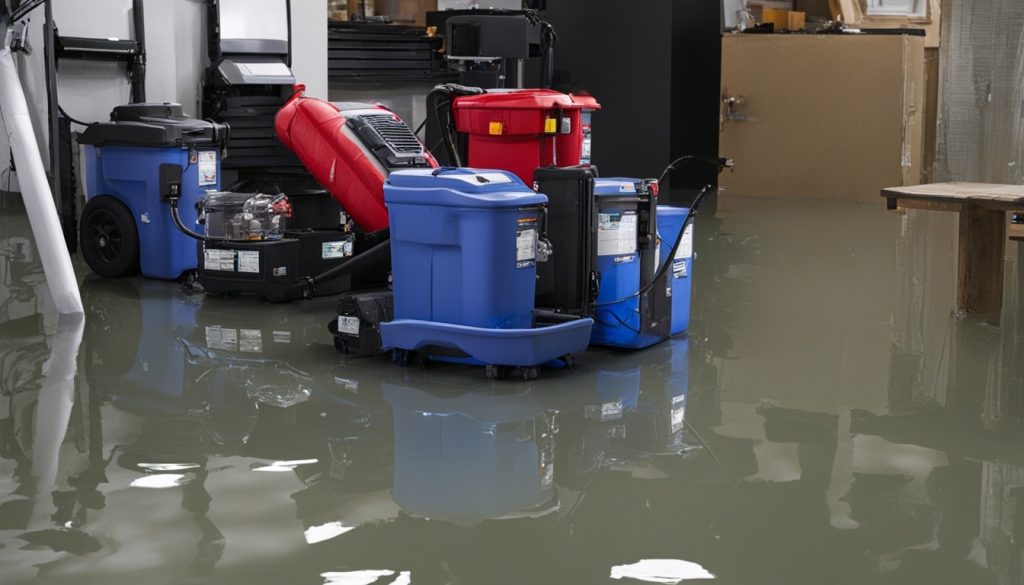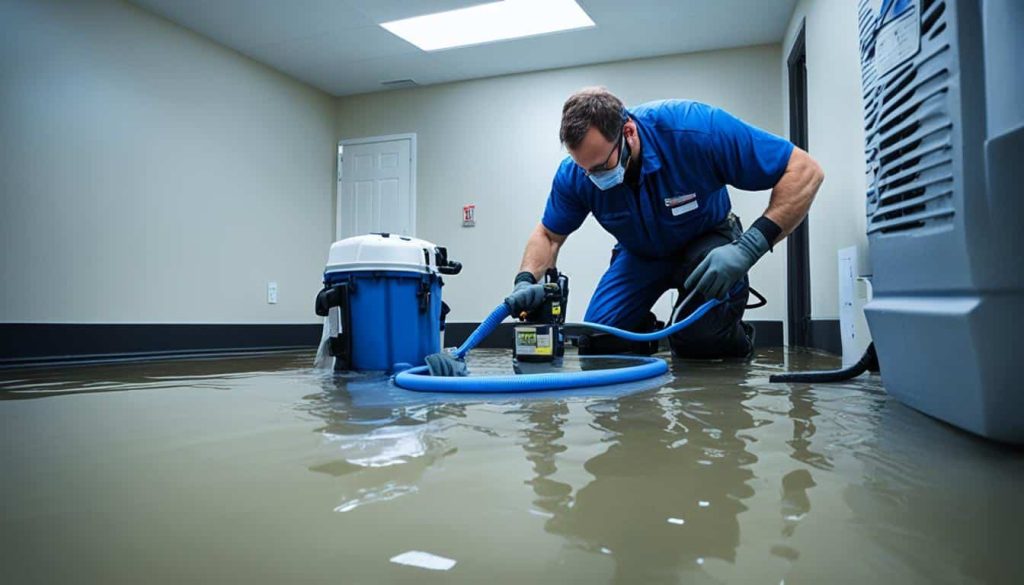Water damage in your home can often go unnoticed until it has caused significant harm. Small leaks from pipes and plumbing components can develop slowly, making it difficult to detect until the damage has already occurred. Other sources of water damage, like flooding, are more obvious but still require timely action to prevent further issues. Understanding the common causes of water damage and how to address them is crucial for maintaining a healthy and safe home environment. This article will explore some of the most frequent sources of water damage and provide guidance on what to do if you encounter these issues.
Array of Solutions, a trusted name in mold removal in Greenville South Carolina since 2007, stands ready to tackle your mold woes. With our expert mold inspection Greenville services and EPA-Registered credentials, we’re equipped to detect, remove, and prevent mold growth in your home or business.
Table of Contents
Water Damage: Common Causes and How to Address Them

1. Clogged Drains
Clogged drains are a common source of water damage. When drains in your kitchen or bathroom become clogged, the water flow can be obstructed, leading to increased pressure and potential leaks in the pipes connected to these drains. Over time, these leaks can cause water to escape and damage surrounding areas.
How to Address Clogged Drains:
- Regularly clean your drains to prevent clogs.
- Use drain guards to catch debris and prevent larger blockages.
- If you notice signs of leaking below the sink, inspect the pipes and repair or replace them as needed.
2. Frozen or Burst Pipes
During winter, pipes can freeze due to low temperatures. When water inside the pipes freezes, it expands and increases pressure, which can cause the pipes to burst. Burst pipes can lead to substantial flooding and water damage inside your home.
How to Address Frozen or Burst Pipes:
- Insulate your pipes with foam or other protective materials.
- Keep your home heated to prevent pipes from freezing.
- If you suspect a pipe has burst, turn off the main water supply immediately and contact a professional plumber to repair the damage.
3. Air Conditioning System Leaks
Your central air conditioning system plays a crucial role in maintaining indoor comfort, but it can also be a source of water damage if not properly maintained. The drain pan, which collects condensation from the system, can overflow if the drain lines become clogged with debris.
How to Address Air Conditioning System Leaks:
- Regularly clean and inspect the drain pan and lines for blockages.
- Schedule routine maintenance for your HVAC system to ensure it is functioning correctly.
- If you notice water pooling around the air conditioning unit, check the drain pan and lines for issues.
4. Leak from Outside
Water can seep into your home through the foundation or exterior walls due to plumbing problems or structural issues. Leaks from outside sources can lead to water damage within your walls and flooring.
How to Address Leaks from Outside:
- Inspect the exterior of your home for cracks or gaps that could allow water to enter.
- Ensure proper grading around your home to direct water away from the foundation.
- Repair any plumbing issues or structural damage that could contribute to outside leaks.
5. Washing Machine and Dishwasher Leaks
Washing machines and dishwashers are common sources of water damage if they experience leaks. Leaks can occur due to broken parts, worn-out hoses, or other damage to these appliances.
How to Address Washing Machine and Dishwasher Leaks:
- Regularly inspect the hoses and connections for signs of wear or damage.
- Replace any damaged parts promptly to prevent leaks.
- Ensure appliances are properly installed and maintained to minimize the risk of leaks.
Addressing Water Damage and Preventing Mold Growth
If you discover water damage in your home, it is essential to act quickly. Water damage can lead to mold growth within 72 hours, which can pose serious health risks, including respiratory issues, headaches, and other complications.
Steps to Take After Discovering Water Damage:
- Assess the Situation: Identify the source of the water damage and take necessary steps to stop the water flow.
- Dry the Affected Area: Use fans, dehumidifiers, and other drying equipment to remove excess moisture from the area.
- Inspect for Mold: Check for signs of mold growth and address any mold issues promptly.
- Repair the Damage: Repair any damaged structures, such as flooring or drywall, and address the source of the water damage to prevent future issues.

Conclusion
Understanding the common causes of water damage and taking proactive steps to address them can help prevent significant harm to your home and health. Regular maintenance, prompt repairs, and vigilance in detecting issues early are key to managing water damage effectively. If you encounter water damage or mold growth, seeking professional assistance ensures that the problem is resolved safely and thoroughly.

